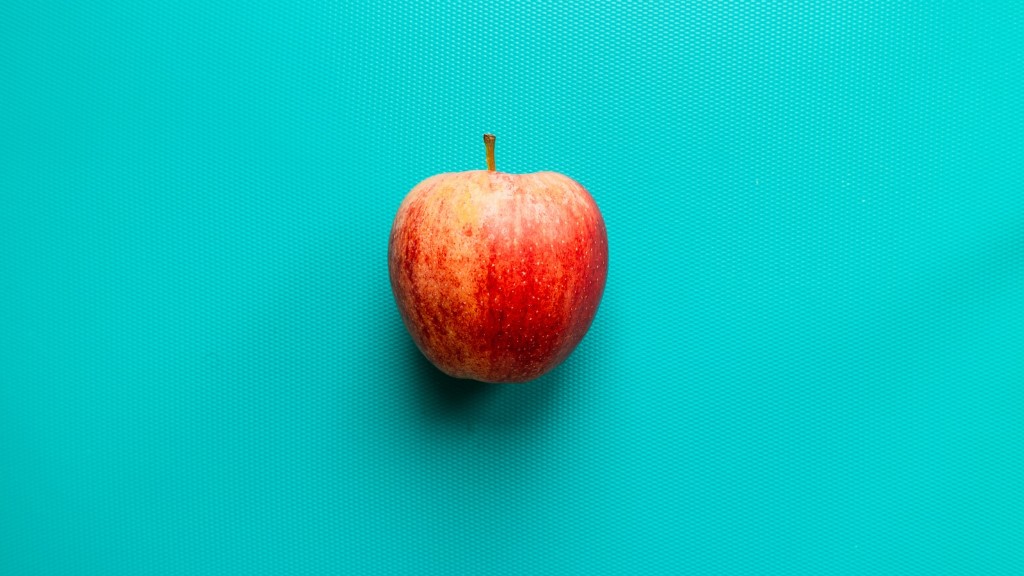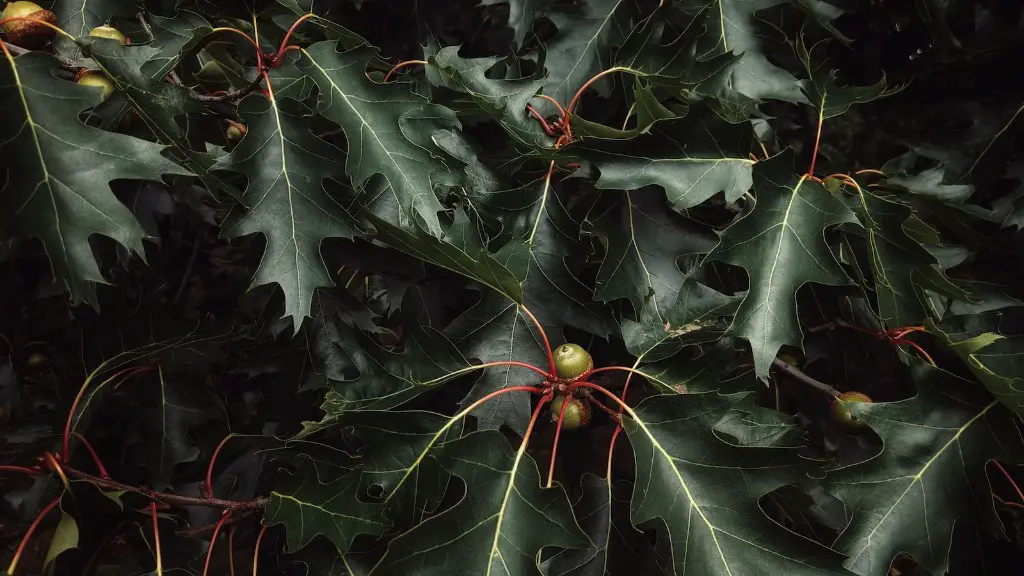Hand pollinating a Meyer lemon tree can be an effective means of increasing fruit set and fruit size. While natural pollination by insects can be sufficient, hand pollination can provide a more efficient, widely available solution to increase the success of fruiting on your lemon tree. Contrarily, if your lemon is not manual pollinated it runs the risk of dropping flowers, or producing poor quality or small fruits. To discover how to successfully hand pollinate a Meyer lemon tree, read on.
- Collect Supplies:
- Examine Flowers:
- Transfer Pollen:
- Repeat Steps:
Before you begin, you’ll need to procure a few simple items from your local gardening store, or from your home. These items include a small paintbrush that is approximately ¼” in length, long-handled tweezers, and rubbing alcohol. After you’ve collected the necessary items, inspect your Meyer lemon tree for flowers. Most flowers will be closed or partially open, with some open and displaying multiple pistils.
Collect Pollen
Before you can pollinate your flowers, you will need to collect the pollen. To do this, take the small paintbrush and gently brush the pollen off of the stamen, which will be located at the center of the flower. You will want to repeat this step on several different flowers to insure you have enough pollen. After you have collected the desired amount of pollen, transfer the pollen to a paper plate or a bowl.
Apply Pollen
Once the pollen has been transferred to the paper plate, you will use the tweezers to pick up a single pollen grain and transfer it onto the pistil of the target flower. It is important to keep the pollen grain as intact as possible, and avoid crushing it as you transfer from one flower to the next. When you have successfully transferred a single pollen grain, your job is done.
Monitor Change
It is important to keep your eye on the newly pollinated flowers and check several times each day to see if there are any changes or if any of the newly pollinated flowers with ovary lounging swell or curl. If all of your efforts have been successful, you will soon see the fruits of your labor as the newly pollinated flowers will begin to swell with fruit.
Maintain Health and Sanitation
It is important to remember to take the necessary steps to properly maintain the health and sanitation of your Meyer Lemon tree. After each pollination event, be sure to clean the tools you have used with some rubbing alcohol to reduce the risk of diseases and pest problems. Additionally, be sure to inspect your lemon tree for signs of stress and pest infestations, as these can disrupt the normal fruiting cycle.
Fruit Growth and Ripening
As your Meyer lemon tree’s fruit begin to swell, you may begin to notice that some of the fruit may drop off the tree. This can happen for an array of reasons, including too much or too little water, fertilizer, or pollination. In order to increase your success rate, it is important to maintain consistent watering and fertilizing, as well as to pollinate any flowers that may try to open. If all goes well, the fruit should begin to ripen and turn a golden yellow within several weeks.
Reducing Risk of Damage
It is important to be mindful during the entire process of hand pollinating your Meyer lemon tree in order to reduce the risk of any damage to your crops. When removing pollen, it is important to be gentle and to avoid pulling or yanking at the flower in order to maintain the fruit’s integrity. Additionally, be sure to provide adequate space between each of the fruit in order to give them the greatest potential growth.
Protecting Pollinators
One of the most important aspects of hand pollinating your Meyer lemon tree is addressing the potential implications of work displacement of our native pollinators. While hand pollination is an effective means of increasing fruit set and size on your lemon tree, one must also take into consideration the potential impacts of disturbing the natural pollination process. The best way to do this is to take measures to ensure that as much of your pollination as possible is handled by native insects so as to promote a healthy, diverse ecosystem.
Calendar Management
To ensure your hand pollination efforts are a success, one of the most important aspects to consider is your calendar management. This includes keeping a strict schedule of when your flowers are pollinated, when the fruit reaches maturity, and when the fruit is harvested. Doing so will help you keep track of your success and allow you to more effectively plan and organize when additional pollination needs to be conducted.
Intervening Conditions
Although there are a number of ways to hand pollinate a Meyer lemon tree, some growers may find themselves having to intervene in conditions that can make hand pollination more challenging. This includes intervening in drought conditions or other weather elements that can inhibit the process of hand pollination. If you find that your hand pollination process is being hampered by external forces, be sure to take necessary steps to help maintain an optimal environment for the pollination process to proceed.


